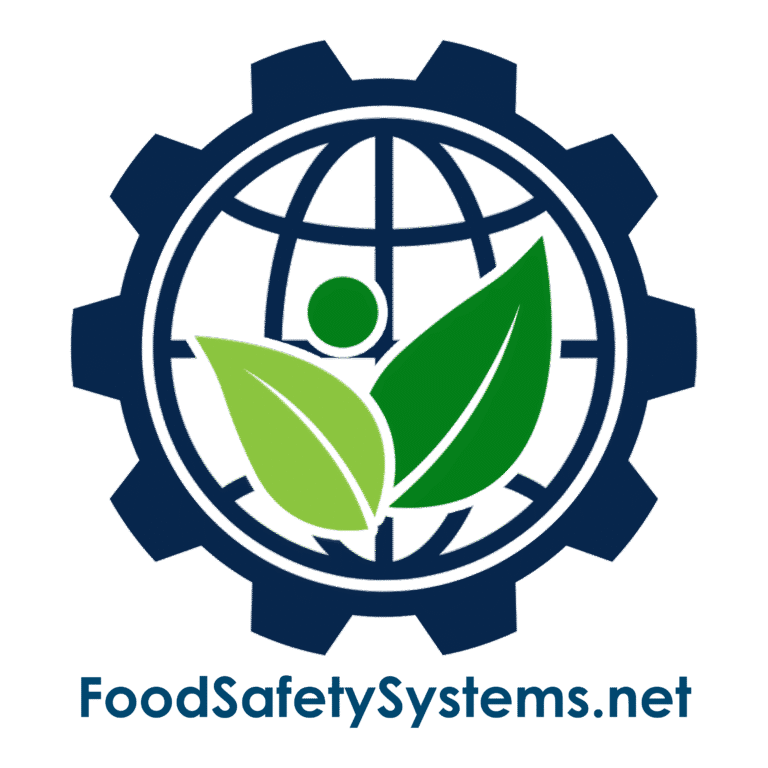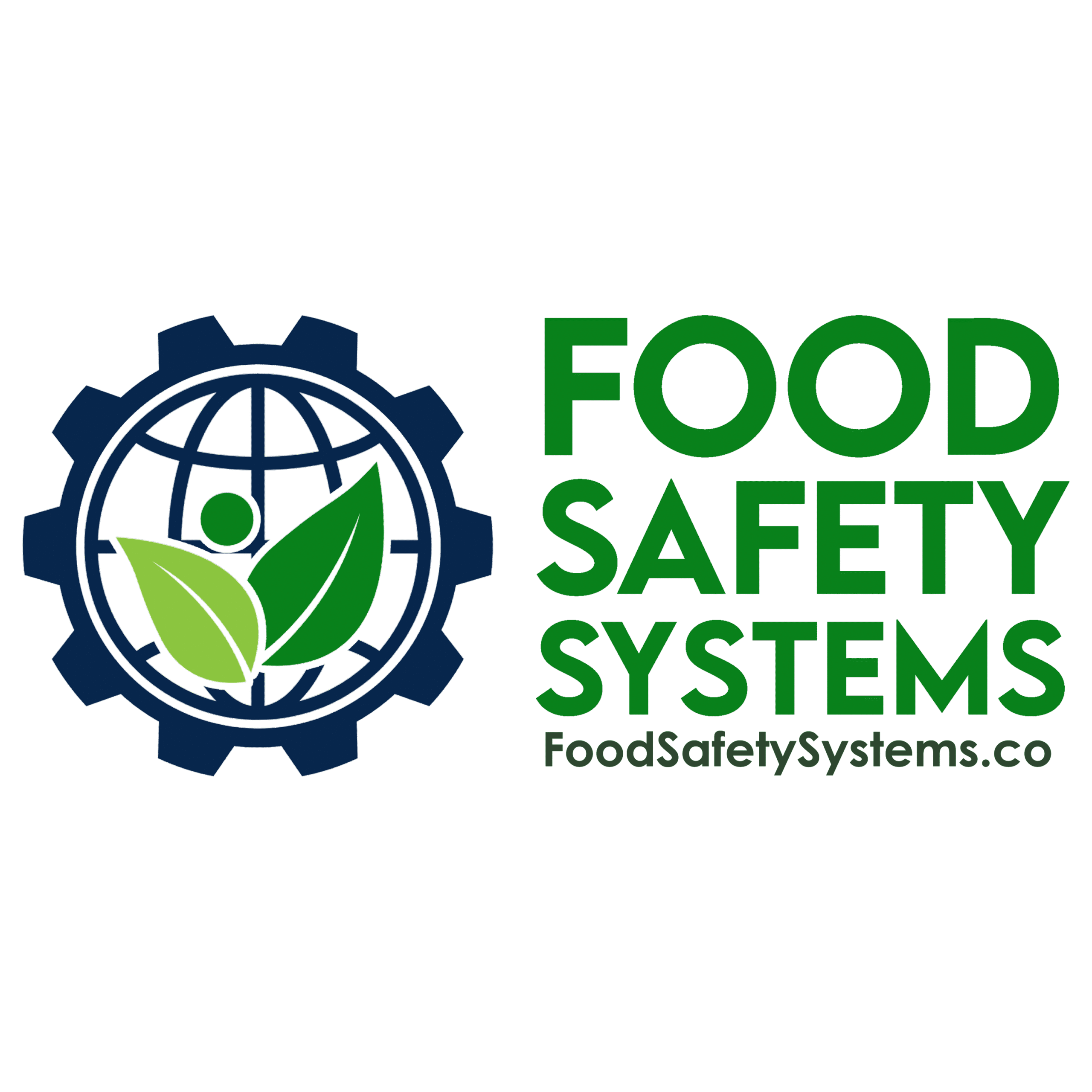Process Control: Process Validation

Aligned with FSSC 22000 Requirements
Requirement Overview
FSSC 22000 requires that all processes essential to the production of safe and compliant food—particularly those that cannot be fully verified through inspection or testing—are validated to demonstrate that they consistently achieve the intended food safety outcome.
Validation confirms that a process (such as cooking, cooling, chemical sanitation, or metal detection) can reliably control identified hazards to an acceptable level under actual operating conditions.
Aligned with BRCGS for Storage & Distribution Issue 4 – Clause 4.3.1 & 4.3.3
Requirement Overview
BRCGS for Storage & Distribution requires that products moved via cross-docking are traceable and controlled at all times, even when they are not held in storage for extended periods.
Clause 4.3.1: “The company shall ensure that traceability is maintained at all stages, including during cross-docking operations.”
Clause 4.3.3: “Procedures shall be in place to ensure that all products handled, including those not stored on-site, remain under control and are not subject to contamination or substitution.”
Cross-docking operations must not compromise product traceability, safety, or integrity. Even with minimal handling and temporary presence, each product must be accurately identified, documented, and protected.

Key Compliance Objectives
-
✓ Confirm that critical control processes consistently deliver the intended food safety results
✓ Avoid over-reliance on finished product testing
✓ Maintain scientific or technical evidence supporting each validated step
✓ Ensure validation is conducted for new processes, product launches, or process changes
Step-by-Step Compliance Implementation
1. Identify Processes Requiring Validation
-
Examples include:
-
• Thermal processing (e.g., cooking, pasteurization, sterilization)
• Cooling or chilling steps
• Chemical or physical decontamination processes
• Metal detection, x-ray, or sieving
• Modified atmosphere packaging (MAP) or vacuum sealing
Evidence to Maintain:
-
• List of validated processes
• Associated CCPs and preventive controls
• Process flow diagrams with validation points identified
- • Thermal processing (e.g., cooking, pasteurization, sterilization) • Cooling or chilling steps • Chemical or physical decontamination processes • Metal detection, x-ray, or sieving • Modified atmosphere packaging (MAP) or vacuum sealing
- • List of validated processes • Associated CCPs and preventive controls • Process flow diagrams with validation points identified
2. Conduct Initial Validation
-
Validation activities may include:
-
• Laboratory testing (e.g., microbial challenge studies)
• Literature or scientific references supporting process effectiveness
• In-plant trials and test runs under normal operating conditions
• Third-party studies or manufacturer performance data
Evidence to Maintain:
-
• Process validation protocol and summary report
• Test data, results, and supporting references
• Approval records from the Food Safety Team or relevant technical authority
- • Laboratory testing (e.g., microbial challenge studies) • Literature or scientific references supporting process effectiveness • In-plant trials and test runs under normal operating conditions • Third-party studies or manufacturer performance data
- • Process validation protocol and summary report • Test data, results, and supporting references • Approval records from the Food Safety Team or relevant technical authority
3. Revalidate After Changes
-
Trigger events include:
-
• Change in ingredients, packaging, or formulation
• Equipment upgrades, replacements, or relocation
• Alteration of processing parameters (time, temperature, pressure)
• New regulatory or customer requirements
Evidence to Maintain:
-
• Change control form with justification
• Updated validation report
• Internal approval documentation
- • Change in ingredients, packaging, or formulation • Equipment upgrades, replacements, or relocation • Alteration of processing parameters (time, temperature, pressure) • New regulatory or customer requirements
- • Change control form with justification • Updated validation report • Internal approval documentation
4. Train and Monitor Teams
-
Control measures include:
-
• Ensuring operators understand validated critical limits
• Including validation details in CCP and OPRP monitoring procedures
• Periodically verifying process performance against validated parameters
Evidence to Maintain:
-
• Training records specific to validated processes
• CCP and OPRP monitoring logs
• Internal audit findings and follow-up actions
- • Ensuring operators understand validated critical limits • Including validation details in CCP and OPRP monitoring procedures • Periodically verifying process performance against validated parameters
- • Training records specific to validated processes • CCP and OPRP monitoring logs • Internal audit findings and follow-up actions
Common Audit Findings & Recommended Fixes
| Audit Finding | Recommended Action |
|---|---|
| No documented process validation | Conduct and retain validation protocols with scientific justification |
| Outdated validation after equipment or process changes | Revalidate promptly and document changes |
| Reliance solely on finished product testing | Use proactive process validation to ensure control effectiveness |
| Insufficient evidence or unsupported claims | Use credible references, laboratory testing, or qualified third-party data |
Auditor Verification Checklist
During an FSSC 22000 audit, be prepared to provide:
-
• A documented list of validated processes with justification
• Scientific, technical, or practical evidence of validation
• Records of revalidation after significant changes
• Monitoring and verification records confirming ongoing compliance
Implementation Roadmap
Identify & Prioritize
-
✓ Review processes for hazard control significance
✓ Determine which require formal validation
Validate & Record
-
✓ Conduct scientific or in-plant validation studies
✓ Document protocols, data, results, and approvals
Monitor & Maintain
-
✓ Train staff on validated process parameters
✓ Verify compliance during routine operations
Revalidate & Improve
-
✓ Review process controls annually or after any change
✓ Update validation documentation as needed
Why This Matters?
-
✓ Demonstrates scientific confidence in process controls
✓ Reduces risk by ensuring hazard control before product release
✓ Supports audit and regulatory compliance under FSSC 22000
✓ Prevents costly recalls, non-conformities, or withdrawals
Support Tools Available
Food Safety Systems provides:
-
✓ Process validation plan templates
✓ In-plant trial protocols and verification tools
✓ Validation data review and approval forms
✓ Staff training guides for validated CCPs and OPRPs
Privacy Policy | Terms of Service
Powered by interlinkIQ.com, Developed by ITBlaster.net, Owned and Operated by Consultare Inc. Group, A Compliance Company. All Rights Reserved.







